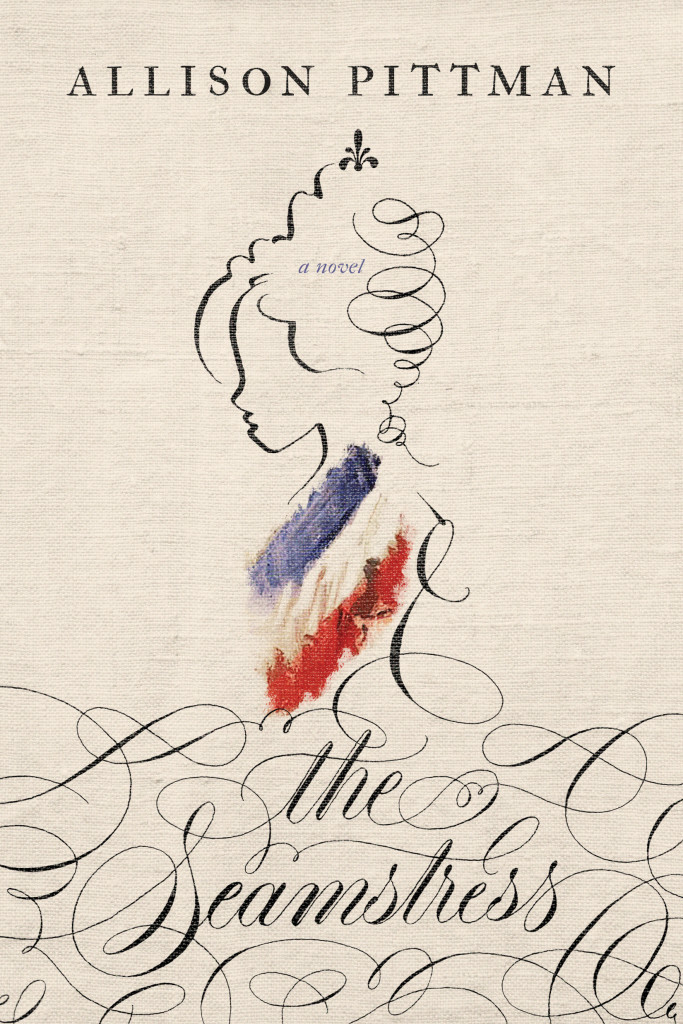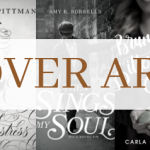One of my most beloved teachers at school was my 18th Century History teacher – she was so passionate about history, she came alive as she taught about the Jacobites, Marie Antoinette, and the Bastille, and she passed on that passion to her students, me being one of them! Having loved studying the French Revolution, visiting Paris, Versailles, and the foundation site of Bastille twenty years ago, was a dream come true. Now, I have to explore my passion for this turbulent era in books, so when I discovered Allison Pittman was writing about the French Revolution I may have done a little jig! For those of you who haven’t had the pleasure of studying this era, here’s some insights from Allison, just for you!
Over to you, Allison…
5 Unpleasant Outcomes of the French Revolution
by Allison Pittman
In his novel A Tale of Two Cities, Dickens hits readers early on with the deplorable conditions of prerevolution France. France . . . rolled with exceeding smoothness down hill, making paper money and spending it. Under the guidance of her Christian pastors, she entertained herself, besides, with such humane achievements as sentencing a youth to have his hands cut off, his tongue torn out with pincers, and his body burned alive, because he had not kneeled down in the rain to do honour to a dirty procession of monks which passed within his view. His ironic tone might exaggerate the crisis, but there is no doubt that the rebels who took up arms in revolt against the ruling class did so out of desperation fueled by hunger and despair. If we were given just that tiny glimpse of history, we might be full on the rebels’ side. But history is never that easy; revolution is never that tidy. Soon the streets of Paris ran with the blood of those executed by the guillotine, and with it any noble ideals the starving rebels might have fought for disappeared, leaving behind a blank slate for a new world.
And this one wasn’t pretty, either. Here are a few glimpses into the downside of liberté, égalité, fraternité (freedom, equality, and brotherhood) that rose from the blood-soaked bricks of Paris.
One…
Fashion à la victime. The most enduring and notorious symbol of the French Revolution is, of course, la guillotine—the machine designed to efficiently remove heads from bodies, thus making the execution of thousands a speedy—if bloody—procedure. For some, it was a way to expedite justice. For others, a theater of horror. And, for some, an inspirational fashion juggernaut. Men and women who fell victim to the guillotine had their hair shorn, or at least cropped close at the neck, so as not to dull the blade of the machine. Likewise, women of Paris who wanted to be in fashion à la victime cut their hair short, sometimes leaving long ringlets framing the face but shorn at the neck. Since they would never know the full extent of the decapitating experience, they might accessorize with a wide red ribbon of silk or velvet tied around the throat. A macabre statement, indeed.
Two…
Time started over. Literally. The storming of the Bastille in July 1789 ostensibly launched the revolution. Seeing it as the beginning of freedom, the new republic opted to reimagine 1792 as Year 1, wiping out all of the years that led to their poverty and misery. Which has us living in the year CCXXVII (or 277). Imagine trying to remember to change that on your checks every January.
Three…
To every season turn, turn, turn, turn . . . The calendar year within itself was restructured to follow an agricultural rhythm. The 12 months were stripped of their Roman names and given names to coincide with the weather. The spring months, for example, were named Germinal (germination), Floréal (flower), and Prairial (prairie or meadow). Each week had 10 days. Meaning you’d have to live through an entire regular week plus one day before coming to a weekend. On the other hand, if you want to buy me a birthday present, you have plenty of time to shop. It’s not until 4 Thermidor.
Four…
Destruction of churches. The changes in the calendar came as a result of a total rejection of religion and an embrace of naturalism with a worship of Mother Earth. The worship and exaltation of nature made the existence of churches and cathedrals unnecessary. Thus, as bishops and priests and other high-ranking members of the Second Estate (and quite likely some lower-ranking members as well) were unwittingly inspiring ghoulish fashion trends at the guillotine, countless churches and cathedrals were being reduced to rubble, their icons destroyed, their bells silenced.
Five…
Cult of the Supreme Being. The dechristianization of France made way for a more humanistic approach to religion and religious activity. The Cult of the Supreme Being was on deck to become the next official religion in France. While some of their beliefs had roots in Christianity—the acknowledgment of a god-creator and the immortality of the human soul—they preached that eternal rewards were based on moral behavior on earth. They were especially inclined to believe that good things happened to citizens who acted for the benefit of creating a society based on equality and justice. Thus, heavenly rewards for lopping off all those heads, right?
So if you’ve ever been searching for a reason to be grateful for the existence of Napoleon Bonaparte, here it is. His rise to power put an end to the unruly mess of the first regime, and the Concordat of 1801 laid the groundwork for an only slightly awkward coexistence between France and the Catholic Church. Oh, and he also declared the new calendar a bunch of nonsense, which is good, because I have a hard enough time keeping a planner as it is!
A beautifully crafted story breathes life into the cameo character from the classic novel A Tale of Two Cities.
France, 1788
It is the best of times . . .On a tranquil farm nestled in the French countryside, two orphaned cousins―Renée and Laurette―have been raised under the caring guardianship of young Émile Gagnon, the last of a once-prosperous family. No longer starving girls, Laurette and Renée now spend days tending Gagnon’s sheep, and nights in their cozy loft, whispering secrets and dreams in this time of waning innocence and peace.
It is the worst of times . . .
Paris groans with a restlessness that can no longer be contained within its city streets. Hunger and hatred fuel her people. Violence seeps into the ornate halls of Versailles. Even Gagnon’s table in the quiet village of Mouton Blanc bears witness to the rumbles of rebellion, where Marcel Moreau embodies its voice and heart.
It is the story that has never been told.
In one night, the best and worst of fate collide. A chance encounter with a fashionable woman will bring Renée’s sewing skills to light and secure a place in the court of Queen Marie Antoinette. An act of reckless passion will throw Laurette into the arms of the increasingly militant Marcel. And Gagnon, steadfast in his faith in God and country, can only watch as those he loves march straight into the heart of the revolution.
Allison Pittman, author of more than a dozen critically acclaimed novels, is a three-time Christy finalist—twice for her Sister Wife series and once for All for a Story from her take on the Roaring Twenties. She lives in San Antonio, Texas, blissfully sharing an empty nest with her husband, Mike.
Relz Reviewz Extras
All Things Pittman @ Relz Reviewz
Visit Allison’s website
Buy from Amazon: The Seamstress or Koorong















February 11, 2019 at 11:19 pm
This is fascinating. I had no idea of any of it. Thanks so much for sharing. I can’t wait to dig into The Seamstress. It is on the agenda for later today!
February 12, 2019 at 3:04 am
Well, churchmen also got guillotined, and some priests or nuns drowned.
I think the tens of thousands of innocent people murdered was the most unpleasant outcomes.
February 12, 2019 at 6:27 am
I really, really wish there was more Christian fiction from a French point of view. Jocelyn Green did an excellent one a couple years ago, and this one sounds fascinating too.
February 12, 2019 at 2:17 pm
This was a great post — I loved learning about the impacts of the French revolution! That’s a time period I know almost nothing about. One thing that surprises me about history — how entire cities can be buried and recovered centuries later. How do you bury a city?!
February 12, 2019 at 2:47 pm
Thanks for the informative, if gory, post! I enjoy reading historical fiction. Some of my favorite eras are Regency, WWI and WWII, and Gilded age. I’ve heard so many great things about this book.
February 13, 2019 at 12:37 am
I learned historical facts from this post and have to say, human history is violent at times. Speaking of violence, my favorite historical time to read about/have books set in is during WWII. Ever since I read The Diary of Anne Frank as a child, I’ve been hooked.
February 13, 2019 at 4:45 am
The historical era that fascinated me the most is probably the Medieval era. Love those knights in shining armor!
February 13, 2019 at 5:27 am
I find all historical time periods fascinating. I always learn something new when reading about different eras. The Antebellum and Civil War era is one of my favorite time periods.
February 13, 2019 at 9:49 am
I find the Medieval era so fascinating!
February 13, 2019 at 9:52 am
Allison is a new author to me. I like all historical periods, civil war, WWII, and the French Revolution.
February 13, 2019 at 12:23 pm
The 1700s in America are fascinating to me. It amazes me the courage it too to venture into unknown lands. I’m a history nut so any historical Era is interesting. The French Revolution has caught my attention as well and Marie Antoinette. Book sounds intriguing.
February 13, 2019 at 1:02 pm
Certainly the American Revolution… to become independent and start a new country, so bold and amazing to me.
February 13, 2019 at 5:12 pm
I enjoy The French Evolution.
February 18, 2019 at 2:50 pm
I’ve been waiting for this book to release! And I’ve heard nothing but great things about it. I think all history fascinates me. I do have a special interest in the Revolutionary War era.
February 18, 2019 at 7:57 pm
World War II, heard Grandpaents talking lots about this time. They grew up then.